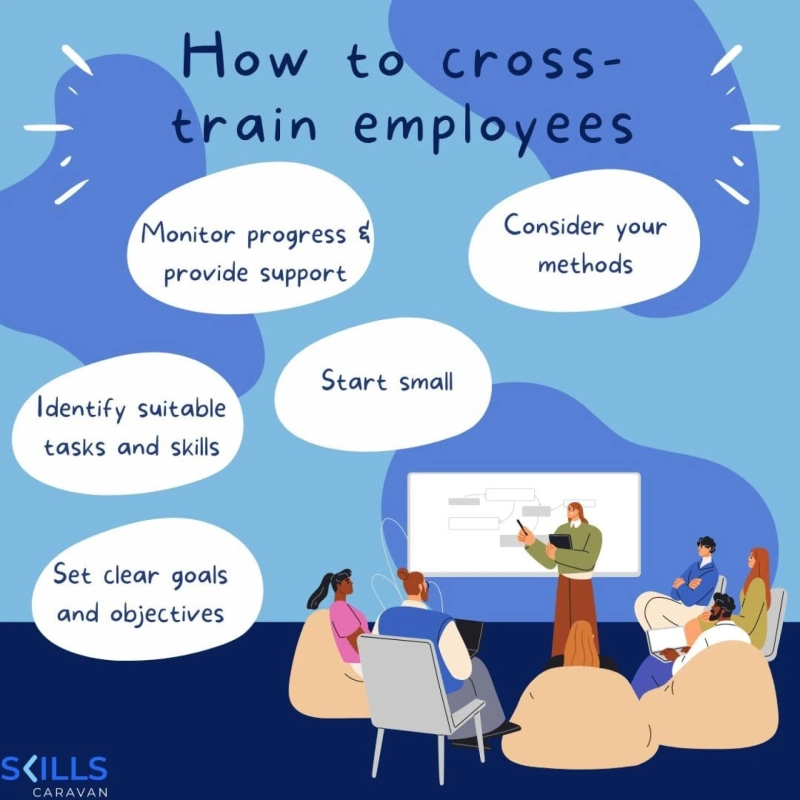In today\'s fast-paced business environment, organizations are constantly seeking ways to improve efficiency and adaptability. One strategy that has gained significant traction is cross-training employees. This approach involves teaching workers skills that are outside their primary job functions, allowing them to perform tasks in different areas of the company. Let\'s explore why cross-training is important and how it can benefit both employees and employers.
Why is Cross-Training Important?
Cross-training employees is crucial for several reasons. First, it enhances workforce flexibility, allowing companies to quickly adapt to changing demands or unexpected absences. When employees are cross-trained, they can seamlessly step into different roles, ensuring that operations continue smoothly even when key personnel are unavailable.
Moreover, cross-training workers fosters a deeper understanding of the organization as a whole. As employees learn about different departments and functions, they gain valuable insights into how their work impacts other areas of the business. This broader perspective often leads to improved collaboration and problem-solving across teams.
Benefits of Cross-Training Employees
- Increased Productivity: Cross-trained employees can fill in for absent colleagues or help out during peak periods, reducing downtime and boosting overall productivity.
- Enhanced Job Satisfaction: Learning new skills keeps employees engaged and challenged, leading to higher job satisfaction and potentially lower turnover rates.
- Improved Team Dynamics: When employees understand each other\'s roles, they\'re more likely to appreciate their colleagues\' contributions and work together more effectively.
- Cost Savings: Cross-training can reduce the need for temporary staff or overtime, leading to significant cost savings for the organization.
- Succession Planning: By cross-training employees, companies can identify and prepare potential candidates for leadership roles, ensuring a smooth transition when positions become available.
Implementing Effective Cross-Training Programs
To reap the full benefits of cross-training employees, organizations should approach the process strategically:
- Identify Key Areas: Determine which skills and knowledge areas would be most beneficial for employees to learn.
- Create a Structured Plan: Develop a formal cross-training program with clear objectives and timelines.
- Encourage Participation: Motivate employees to engage in cross-training by highlighting the personal and professional benefits.
- Provide Support: Ensure that cross-trained employees have the resources and guidance they need to succeed in their new roles.
- Recognize and Reward: Acknowledge the efforts of cross-trained employees and consider offering incentives for those who successfully expand their skill sets.
Overcoming Challenges in Cross-Training
While the benefits of cross-training are clear, implementing such programs can come with challenges. Some employees may resist learning new skills due to fear of change or increased workload. To address these concerns, managers should communicate the value of cross-training clearly and provide adequate support throughout the process.
Additionally, it\'s important to balance cross-training efforts with employees\' primary responsibilities. Careful scheduling and prioritization can help ensure that cross-training doesn\'t negatively impact core job functions.
Conclusion
Cross-training employees is a powerful strategy for building a more versatile, efficient, and engaged workforce. By investing in cross-training programs, organizations can improve their adaptability, enhance employee skills, and create a more collaborative work environment. As businesses continue to face evolving challenges, the ability to leverage a cross-trained workforce will become increasingly valuable. Embracing cross-training today can help companies build a stronger, more resilient organization for the future.



